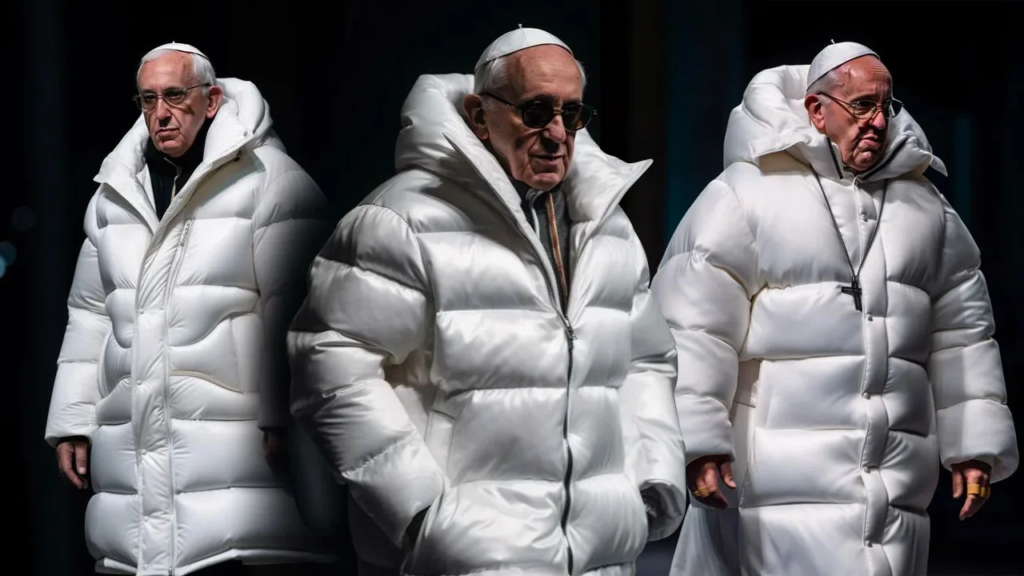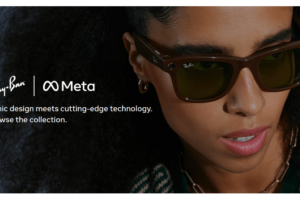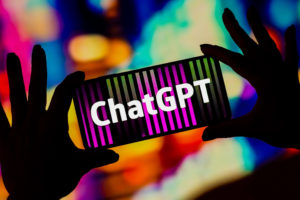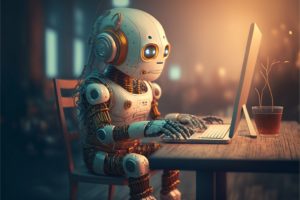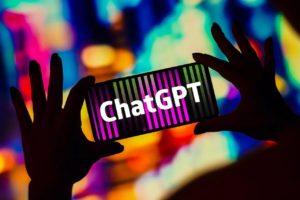Who would have thought that the world of technology and the Vatican could collide in such a remarkable way? In early 2023, some surprising AI-generated images of Pope Francis surfaced. These pictures showed the pontiff in a whole new way, sporting a fashionable white puffer jacket. Created by the creative capabilities of artificial intelligence, these viral photos became an instant sensation.
As the lines between reality and imagination become blurred, it’s important to take a closer look at the fascinating fusion of AI and art. Over the past few years, AI-powered image generators like DALL-E 2, Midjourney, and Stable Diffusion have become recognized. These tools allow users to create one-of-a-kind, lifelike images with a few words typed into a text box.
The Emergence of AI Art and image generators
The perception about the impact of AI on creative industries has shifted, debunking the notion that only manual labor jobs were at risk. There used to be a belief that creative fields such as art, entertainment, and media would be untouched by AI and automation, while workers in manual labor jobs would be the most impacted.
However, in recent times, there has been a notable change with the emergence and widespread usage of AI-based image generators like DALL-E 2, Midjourney, and Stable Diffusion. These image generators allow users to create unique and hyper-realistic images by simply inputting a few words into a text box.
The popularity of these AI-based image generators has grown rapidly. For instance, DALL-E 2 alone has attracted over 1.5 million users generating more than two million images every day. Midjourney’s official Discord server boasts more than three million members.
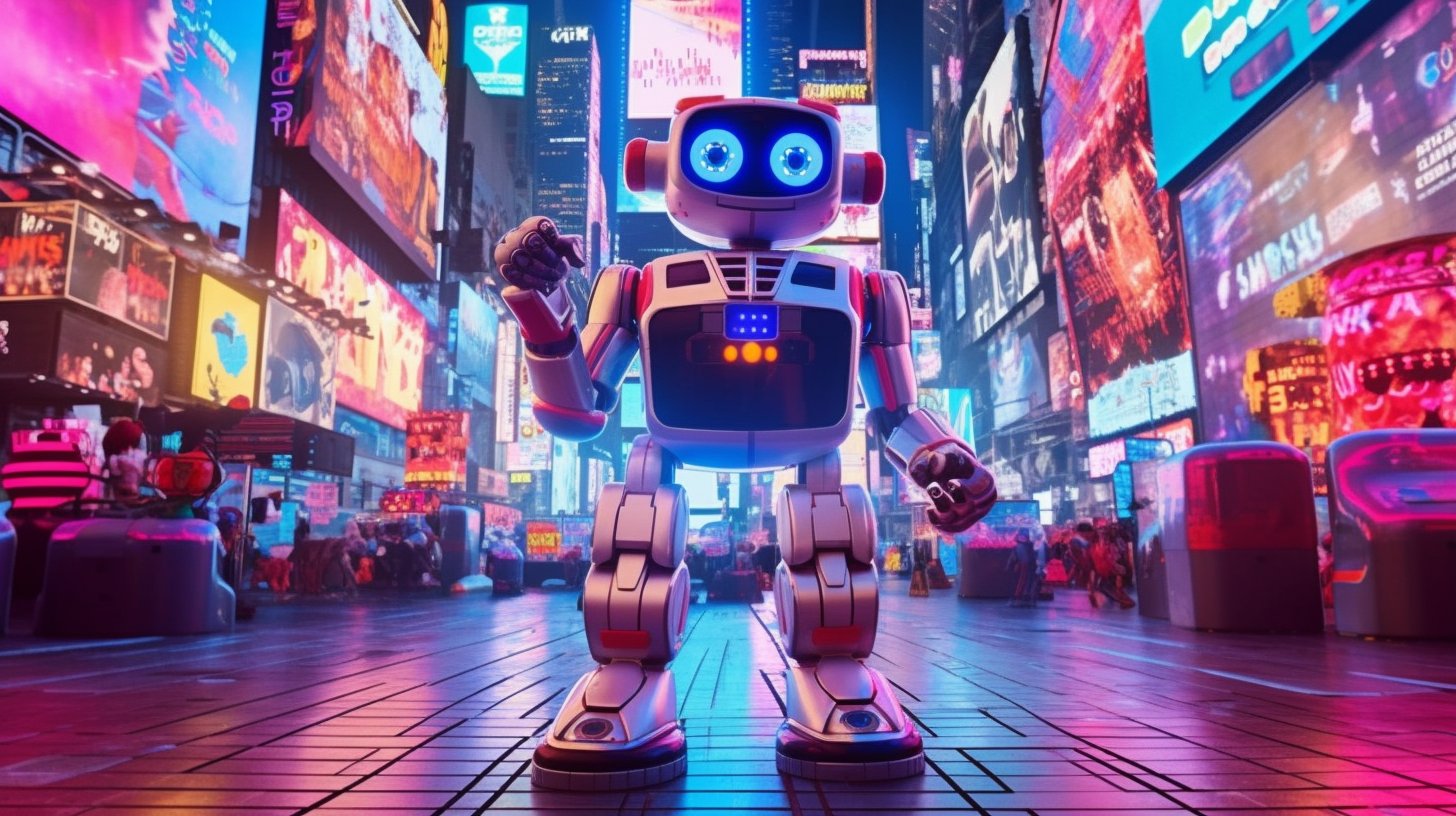
Image generators now use generative AI, which has expanded from generating text to including images, audio, and video. Generative AI examines patterns, develops predictive models, and utilizes extensive data sets to produce outputs based on given prompts. The capabilities of these tools have expanded beyond images to include audio and video as well.
The growing use of AI-based image generators has made some creatives worried about the future of human creativity. People are questioning how these tools might affect artistic industries and whether artists and illustrators will lose their jobs. However, it’s still too soon to know the full impact, and right now, these tools are being used in creative fields.
Related Articles:
- Google Bard can now generate AI Art using Adobe Firefly
- Getting Started With AI Art Using Stable Diffusion
- Get started creating stunning AI art with Midjourney
- The Best Five AI Art Generators to Try Out
Understanding Generative AI and Image Generation
Generative AI refers to a category of machine learning systems that have the ability to generate new content based on patterns and examples observed in existing data. These systems are trained on large datasets and can produce outputs such as text, images, audio, and video. Over time, generative AI has evolved from primarily focusing on text generation to encompassing other forms of media.
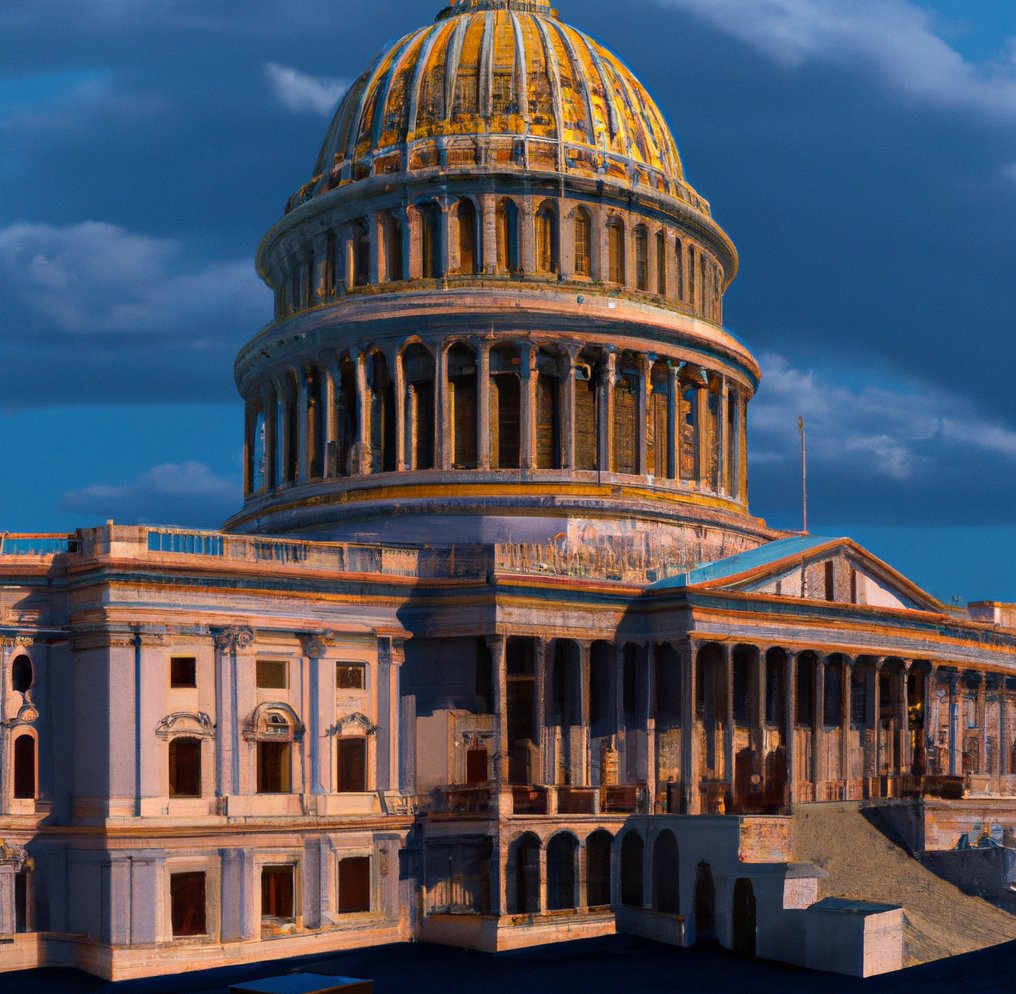
AI art generators have advanced to create amazing and varied images based on text prompts. Artists give descriptions or prompts, and the AI models use their training to generate corresponding visuals. These generators can create artwork with various styles, aspect ratios, resolutions, and customizable options. They have potential commercial uses in advertising, publishing, film, and other fields, providing a wide range of possibilities.
Crafting Effective AI Art Prompts
Prompt engineering is crucial for obtaining desired outputs from AI art generators. Well-structured prompts provide clear instructions to the generative AI models and help guide their creative process. Properly structured prompts help bridge the gap between your vision and the generated artwork, improving the overall quality of the output
A well-structured AI art prompt should include the following elements:
- Image Content/Subject: Clearly describe the image content, including objects, characters, or scenes you want the AI model to generate.
- Art Form, Style, and Artist References: Specify the desired artistic form (e.g., oil painting, watercolor, sketch), style (e.g., realistic, impressionistic), and reference any specific artists or artistic influences.
- Additional Details: Include specific details such as lighting, colors, composition, mood, or any other relevant information that can enhance the generated artwork.
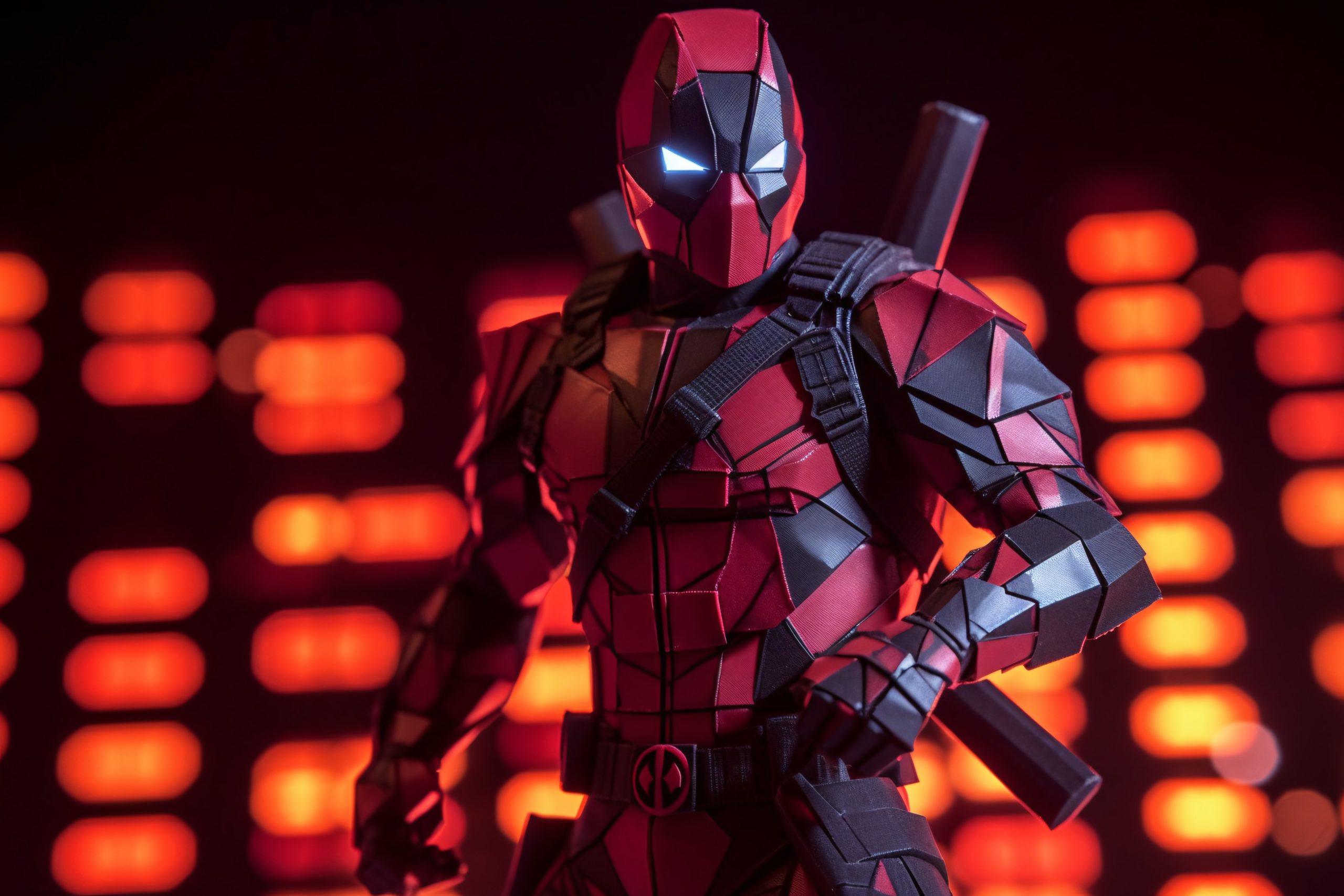
Tips for Finding AI Art Prompt Ideas and Leveraging Advanced AI Prompt Tools
- Be Specific and Detailed: Provide clear and detailed instructions in your prompt. Specify the image content, desired artistic form, style, and additional details such as lighting, colors, mood, and composition. The more specific and descriptive your prompt is, the better the AI model can understand and generate the desired output.
- Include Artist References: Mention specific artists, art movements, or visual references that can serve as inspiration for the generated artwork. By providing references, you guide the AI model towards a particular artistic style or aesthetic, resulting in more targeted and accurate outputs.
- Experiment with Prompt Variations: Try different variations of your prompt to explore different artistic interpretations. Adjusting specific elements such as image content, style, or references can lead to diverse and interesting outputs. By experimenting with different prompts, you can discover new creative possibilities and refine your desired output.
- Provide Context and Storytelling: Incorporate storytelling elements within your prompt. Describe the narrative, emotions, or atmosphere you want the artwork to convey. Adding context helps the AI model understand the intended message, resulting in more engaging and meaningful artwork.
- Incorporate Constraints: Introduce constraints or limitations within the prompt to guide the AI model’s creativity. For example, you can specify a limited color palette, a particular composition rule, or a specific artistic technique. Constraints can challenge the AI model to work within boundaries and produce more focused and coherent outputs.
- Refine: Prompt engineering is an iterative process. If the initial results are not satisfactory, analyze the outputs, identify areas for improvement, and refine your prompts accordingly. Iteration allows you to learn from previous attempts and progressively enhance the prompts to achieve the desired artistic outcome.
Concerns about AI Art and image generators
One concern is that AI-generated art might lead to a devaluation of human creativity and originality. With AI’s ability to create impressive and aesthetically pleasing artwork, some worry that human artists may struggle to compete or find their work less valued.
Another concern is the ethical implications of AI-generated art. Issues such as intellectual property rights, ownership, and the potential for misuse or manipulation of AI-generated content arise. It is important to consider how AI-generated art aligns with existing legal frameworks and ethical standards.
Furthermore, there is a fear that the proliferation of AI-generated art might lead to a loss of human artistic expression and the unique perspectives that artists bring to their work. The subjective and introspective nature of human creativity may be difficult to replicate fully with AI.
Despite these concerns, many creatives also view AI as a tool that can augment human creativity and provide new avenues for exploration. AI-generated art can serve as a source of inspiration, a tool for experimentation, and a means to enhance the creative process. Collaborations between human artists and AI systems have shown promising results, where AI is used as a tool to assist and amplify human artistic expression.
AI art and image generators have opened up new avenues for creativity, enabling users to generate unique and hyper-realistic visuals with a simple text prompt. While the impact on artists and the future of human-driven creativity remains a topic of debate, these tools have already made a significant impact on the creative landscape. As AI technology continues to evolve, the potential for further advancements in generative AI and its applications in art and design holds immense promise for the future.


